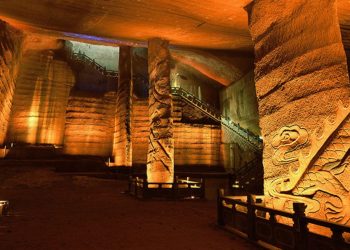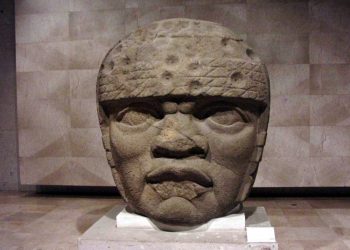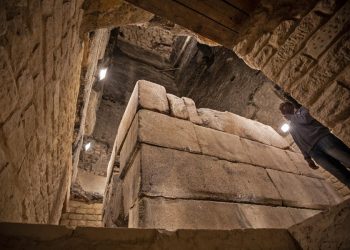Everyone who reads me on Curiosmos knows how much I love history. In this Article, I touch base with a very interesting subject, the Cult of Mithras. Although it is an extensive subject, in this article, I have resumed it into ten interesting facts. So no matter if you are an expert in history or just curious about what the Cult of Mithras is, I am sure you will find this piece interesting.
Here are 10 facts about the Cult of Mithras.
From the annals of history springs forth the echo of an enigma – the Cult of Mithras. Amid the vibrant, complex tapestry of the Roman Empire, this mystery cult carved a niche for itself, captivating a wide array of followers and leaving a lasting, albeit puzzling, impression on the historical landscape. Let’s unravel ten fascinating facts about this secretive cult that thrived from the 1st to the 4th century CE, revealing a glimpse into an elusive aspect of our ancient past.
Broad Influence Despite its Mystique
Despite its mysterious nature, the Cult of Mithras appealed to a wide swath of Roman society. It gained followers from various social strata – slaves, soldiers, and even senators found themselves drawn into its intriguing fold.
An Eastern Cult in a Western Empire
Although the deity Mithras finds roots in Indo-Iranian traditions, the Roman Cult of Mithras was largely a new entity. Originating in the Roman Empire’s eastern parts, it spread westwards, striking a particularly resonant chord within the Roman military.
The Underground Cosmos – Mithraea
Mithraea, the secretive temples for Mithraic worship, were commonly semi-subterranean or completely underground. Symbolizing the cosmos and Mithras’ birthplace, these sacred places served as an intimate backdrop for the cult’s exclusive rituals.
The Iconic Tauroctony
The portrayal of Mithras slaying a bull, known as the ‘tauroctony’, is a ubiquitous Mithraic symbol. This powerful imagery, symbolizing life’s cyclical nature, is found etched into the stone of mithraea across the length and breadth of the Roman Empire.
Exclusively Men’s Domain
The Cult of Mithras was unique in its men-only membership. The reason for this exclusivity remains shrouded in mystery, yet the harsh nature of initiation rituals and the cult’s popularity among the military may offer some clues.
Ascending the Cosmic Ladder
The Cult of Mithras was structured around seven grades of initiation, each linked with a particular celestial body. Initiates moved up the hierarchy, journeying from the initial rank of Raven (Mercury) to the pinnacle position of Father (Saturn).
The Silent Scripture
Mithraism left behind scant written records, making it a challenging puzzle for modern researchers. Our understanding of this mysterious cult primarily stems from archaeology and external literary references.
Eclipse by Christianity
As Christianity gained ground, the Cult of Mithras experienced a steady decline. The transformation was so extensive that many mithraea were repurposed into Christian places of worship in the 4th century CE.
The Mithraic Echo
While the Cult of Mithras itself faded, its echoes reverberated through time. Some scholars argue that elements of Mithraism might have seeped into early Christianity, influencing its evolution.
The Eternal Enigma
The Cult of Mithras remains a tantalizing mystery that continues to intrigue modern historians and archaeologists. Its secrets, explored through the remnants of mithraea and the iconic tauroctony, continue to spark discussions and research.
Reflecting on our journey through these ten fascinating facts about the Cult of Mithras, it’s clear just how intriguing this aspect of our collective past truly is. The Cult, with its unique rituals, broad appeal, and enduring influence, stands as an important chapter in the rich narrative of human history.
It’s amazing to think about how a secretive group from millennia ago continues to generate interest and spark discussions today. Though shrouded in mystery, the Cult of Mithras offers a tantalizing window into a long-gone era and the people who lived it. As we continue to explore and discover, it serves as a potent reminder that history is full of surprises, waiting to be unearthed. And in that sense, the story of Mithras is still very much alive and unfolding.
PLEASE READ: Have something to add? Visit Curiosmos on Facebook. Join the discussion in our mobile Telegram group. Also, follow us on Google News. Interesting in history, mysteries, and more? Visit Ancient Library’s Telegram group and become part of an exclusive group.











